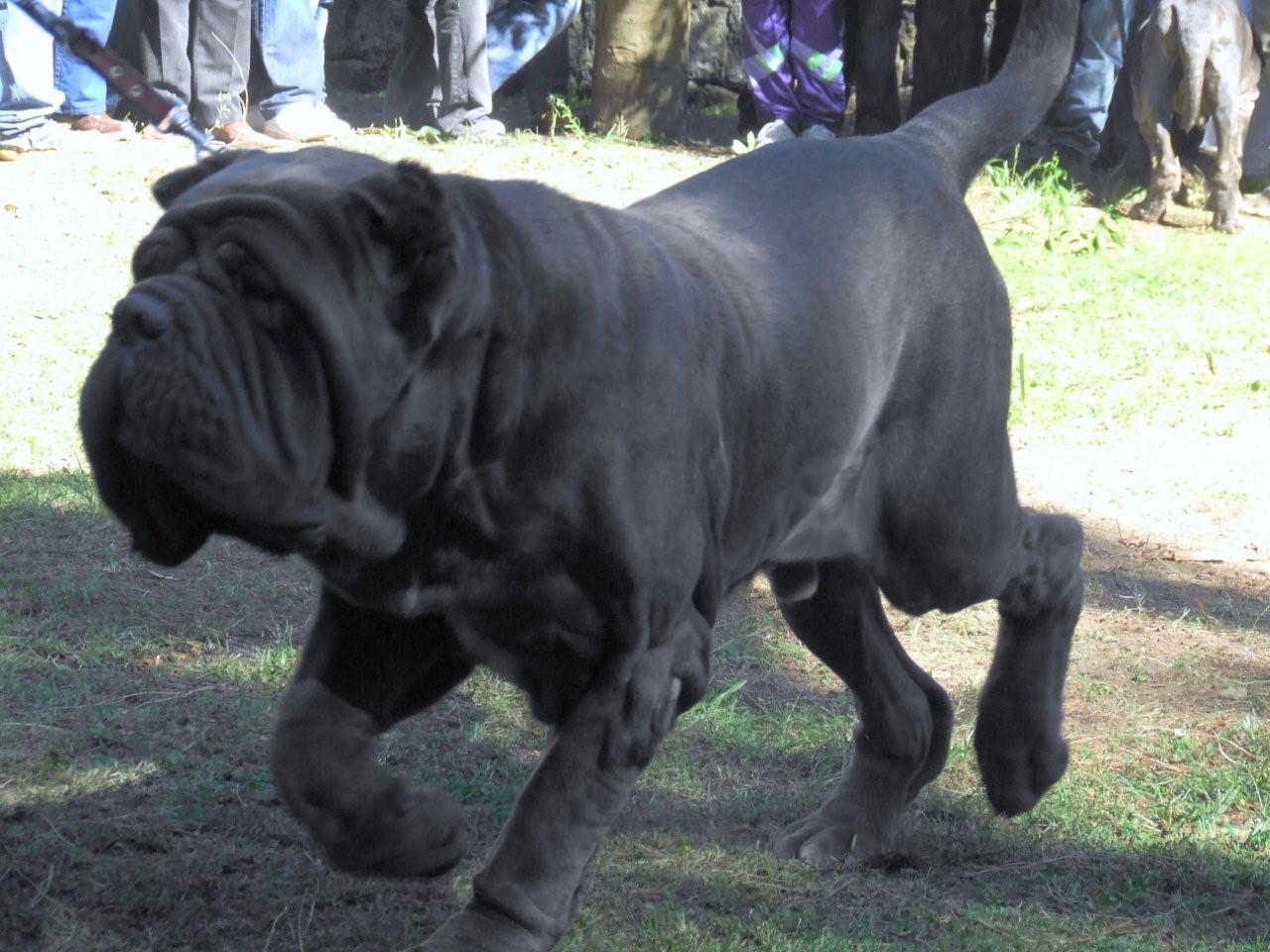
There’s something truly fascinating about the biggest dog breeds. They command attention wherever they go, not just because of their majestic size, but because of the way they carry themselves. These dogs can weigh more than an average human, yet often possess a heart as grand as their stature.
Living with one of these massive companions can be equal parts challenging and immensely rewarding. Many of these largest breeds charmingly believe they are lap dogs, attempting to curl up on your sofa, or even your lap, as if they were toy breeds. While they require significant space, food, dedicated training, and attentive care, they offer unparalleled loyalty and an unforgettable presence in return.
Raising a large dog isn’t just about providing love; it’s about giving them structure, patience, and understanding their unique needs to ensure they stay happy and healthy. This in-depth guide offers valuable insights into the characteristics and specialized care requirements of some of the most impressive large dog breeds, complete with expert tips to empower both seasoned dog owners and those considering adopting a gentle giant for the first time.

1. **Great Danes**Great Dane puppies are undeniably adorable, with their characteristic big paws and endearingly wobbly steps. However, their rapid growth rate, which allows them to achieve their towering adult size quickly, can place considerable stress on their developing joints. This period is crucial for their long-term health, requiring careful management to prevent future orthopedic issues.
Ensuring a balanced diet is paramount during these early, formative years. Specifically, maintaining the right levels of calcium and phosphorus is vital to support healthy bone growth, preventing deficiencies or excesses that could be detrimental. Additionally, it’s important to understand that too much strenuous exercise too soon can inadvertently lead to long-term problems, exacerbating the natural strain on their vulnerable, fast-growing joints.
*Expert Tip*: Orthopedic beds and controlled movement are essential practices that can significantly help prevent joint stress during their early, critical years. These measures provide necessary support and reduce impact, allowing their skeletal system to mature without undue pressure.
Known as the ‘Apollo of dogs,’ Great Danes are renowned for their statuesque appearance and regal bearing, coupled with a friendly disposition. Originating from Germany, they were historically bred to hunt wild boar, showcasing their inherent strength and courage. Today, they are cherished as loving family pets, thriving on companionship and affection, and are notably gentle with children despite their grand stature. Early training is key to managing their size effectively, while regular exercise and a balanced diet are crucial for their overall health and well-being.
Read more about: Hollywood’s Cold War: 14 Major Actors Who Flat-Out Refused to Work Together Again

2. **Boerboels**When it comes to a Boerboel, the firmness and consistency of your training from an early age will largely determine their future temperament. This powerful breed has the potential to become either a devoted, protective family member or a headstrong, challenging handful, depending on the guidance they receive. Their strong will and inherent protective nature mean they crave confident leadership.
Without clear boundaries and a consistent command structure, a Boerboel is likely to assume the leadership role within the household, which can lead to behavioral challenges. They possess a natural assertiveness that, when left unchecked, can manifest as a stubborn streak. Establishing early authority and clear expectations is vital for shaping their behavior in a positive direction.
*Expert Tip*: It is crucial to structure obedience training into daily routines. Consistent commands, delivered with confidence and clarity, are effective in preventing potential behavioral problems and reinforcing your role as the leader, which this breed naturally respects and needs.
Originating from South Africa, the Boerboel is a formidable guardian, specifically bred to protect homesteads. These powerful dogs embody an impressive combination of strength and unwavering loyalty, making them exceptional protectors. With proper training and socialization, they are gentle and affectionate with family members, while remaining always alert and vigilant towards strangers, embodying their inherent protective instincts. They require an experienced owner who can provide firm leadership and structure, coupled with regular exercise and mental stimulation to keep them balanced and content, allowing them to become devoted family companions who excel in their protective roles.
Read more about: Beyond the Bigness: A Good Housekeeping Guide to the World’s Largest Dog Breeds with Essential Expert Tips
3. **Alaskan Malamutes**Bred for the harsh, snowy fields of the Arctic, the Alaskan Malamute is a breed characterized by boundless energy and remarkable endurance. These majestic dogs possess a naturally high metabolism, a physiological adaptation to their historical role of hauling heavy loads across frigid landscapes. This inherent energy level and metabolic demand directly influence their dietary needs and overall care.
Their high metabolism calls for a diet that is specifically rich in protein and fat, providing the sustained energy necessary for their active lifestyle. Underfeeding this breed, or providing a diet that lacks adequate nutritional density, can lead to significant muscle loss. Moreover, an insufficient diet can result in increased frustration and behavioral issues, as their fundamental energy requirements are not being met.
*Expert Tip*: To effectively manage their high metabolism and maintain consistent energy levels, it is highly recommended to split meals into smaller portions throughout the day. This feeding strategy helps prevent significant energy crashes and ensures they have a steady supply of fuel for their demanding physical and mental activities.
The Alaskan Malamute is renowned for its strength and endurance, making it one of the most powerful sled dogs. They are known for their friendly and playful nature, which makes them excellent family companions. These dogs thrive in environments where they can receive plenty of exercise and mental stimulation, reflecting their heritage steeped in exploration and adventure. Regular grooming is also essential to manage their thick double coat, keeping them comfortable and healthy in all seasons.

4. **Fila Brasileiros**The Fila Brasileiro is a breed that develops an exceptionally deep and devoted bond with its family, falling head over heels in love with its human companions. However, this intense loyalty is often coupled with a strong, natural distrust of strangers, a hallmark of their guardian instincts. This dual nature means that while they are incredibly affectionate with their loved ones, their interactions with outsiders require careful management.
Even with early and extensive socialization efforts, their natural guard dog instincts are deeply ingrained and will not be completely erased. Owners must recognize and respect this inherent trait, learning to balance the dog’s need for cuddle time and family affection with consistent discipline and clear boundaries. This balance is crucial for ensuring their protective nature is channeled appropriately rather than becoming problematic.
*Expert Tip*: Controlled introductions to new people and places are often the most effective approach to reducing anxiety in Fila Brasileiros. This gradual exposure helps to build their trust-based training foundation, allowing them to assess new situations calmly and reducing the likelihood of misinterpreting harmless interactions as threats.
Hailing from Brazil, the Fila Brasileiro is a breed celebrated for its impressive strength and unwavering loyalty, making them exceptional guardians of property and family. Despite their formidable appearance, they are deeply affectionate and tender-hearted with their loved ones. They require an owner who can provide consistent training and firm, yet fair, leadership. Early socialization is paramount to managing their protective nature, and they thrive in environments that respect their need for space and autonomy, fulfilling their natural role as guardians while remaining balanced and content with regular exercise and mental stimulation.

5. **Leonbergers**While not all Leonbergers have sensitive stomachs, for those who do, the risk of bloat—a life-threatening condition also known as gastric torsion—is a serious concern that owners must be acutely aware of. This condition can develop rapidly and requires immediate veterinary attention. Their large size and deep chests make them particularly susceptible to this issue, emphasizing the need for preventative measures.
Feeding large meal portions in one sitting can significantly increase the risk of gastric torsion. The rapid intake of food and air can cause the stomach to expand and potentially twist, cutting off blood supply. Therefore, it is strongly advised to split their daily food intake into multiple, smaller meals spread throughout the day, which helps to aid digestion and reduce the volume of food in the stomach at any one time.
*Expert Tip*: Implementing high-quality, digestible food and employing slow-eating techniques, such as using slow-feeder bowls, are excellent strategies to lower the chance of stomach upset or the dreaded bloat. These methods encourage mindful eating and better digestive health.
Bred to resemble a lion, the Leonberger presents a truly majestic presence, accentuated by its flowing mane. Originating from Germany, they were specifically designed to be companions for royalty, and they undeniably carry themselves with a noble grace that reflects their heritage. Despite their regal appearance, Leonbergers are well-known for their playful and loving nature, forming strong bonds with their human families. Their intelligence and eagerness to please make them relatively easy to train, and they thrive in active households where they can genuinely be a part of all family activities, enriching their lives with constant companionship.
Read more about: Beyond the Bigness: A Good Housekeeping Guide to the World’s Largest Dog Breeds with Essential Expert Tips
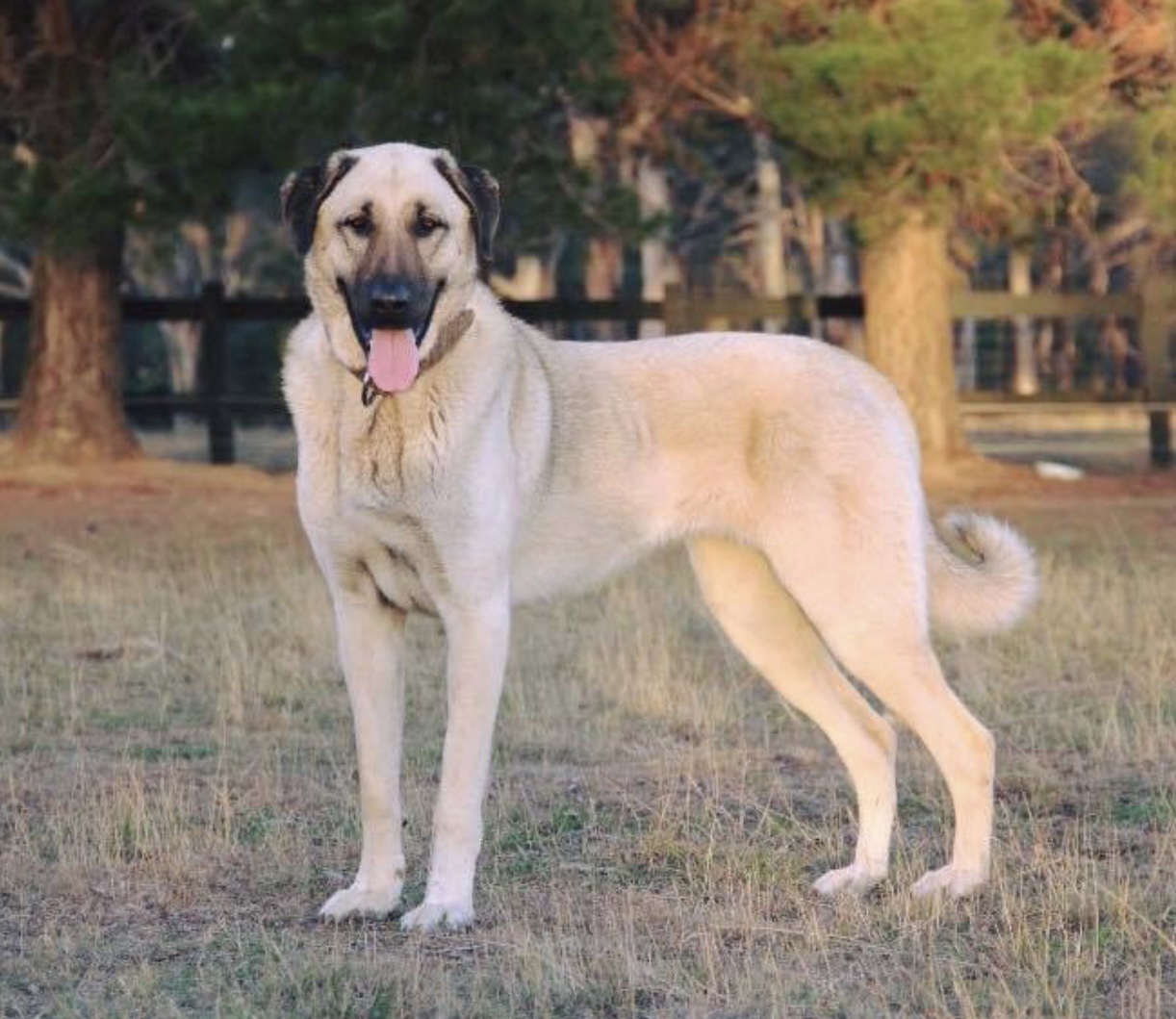
6. **Kangal Dogs**For Kangal Dogs, protecting livestock is not merely a learned behavior but an innate, deep-seated instinct passed down through generations. However, transitioning this formidable guardian from its traditional rural role to a household environment requires significant adjustments and understanding from their owners. Their protective drive, while admirable, needs careful guidance within a domestic setting.
Without consistent exposure to different environments, people, and situations from puppyhood, Kangals can misinterpret harmless daily scenarios as potential threats. This lack of early, broad socialization can lead to an overly reactive or possessive demeanor, where their protective nature becomes unmanaged and potentially problematic in typical family situations. It’s crucial to broaden their world gently and consistently.
*Expert Tip*: Gradual introductions to a diverse range of people, other animals, and various settings are vital to refine their protective nature into controlled vigilance. This careful and progressive exposure teaches them discernment, enabling them to protect only when genuinely necessary, rather than reacting to every new stimulus.
Known as one of the most formidable livestock guardians, the Kangal is a breed embodying immense power and unwavering dedication. Originating from Turkey, these dogs are highly revered for their protective instincts and stoic presence. Despite their impressive strength, Kangals are gentle and exceptionally loyal with their families. They require an experienced owner who understands their inherent need for space and autonomy, providing early training and socialization that is vital to managing their protective nature effectively. They truly thrive in rural settings where they can fulfill their natural role as guardians, providing steadfast security and companionship.
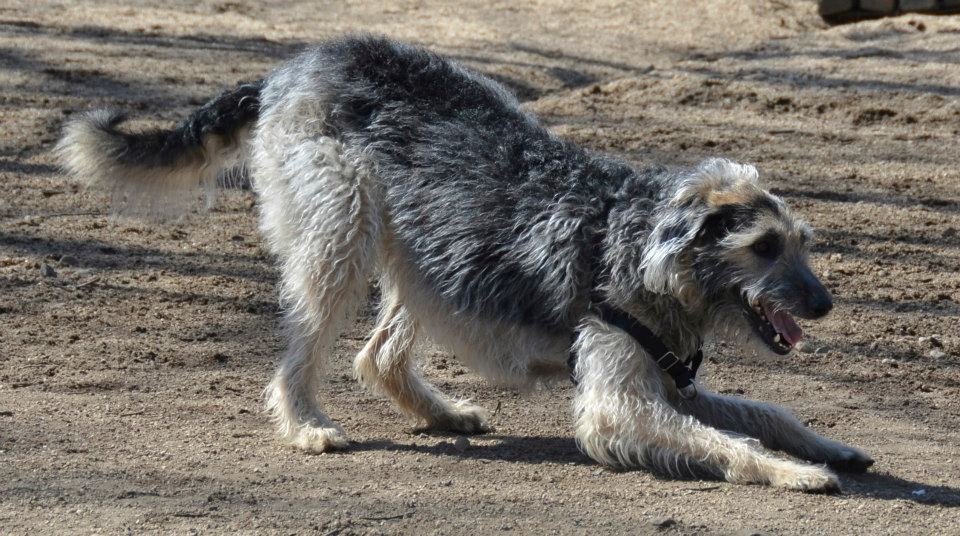
7. **Scottish Deerhounds**Scottish Deerhounds are characterized by their tall, dignified stature and particularly deep chests, a physical trait that unfortunately makes them inherently prone to bloat, or gastric dilatation-volvulus (GDV). This is a serious, life-threatening condition that requires immediate veterinary intervention. Owners of this graceful breed must be especially vigilant about their feeding practices to mitigate this significant health risk.
To reduce the likelihood of bloat, it is critically important to train Scottish Deerhounds to eat slowly and to practice structured feeding routines. Rapid eating can cause them to ingest excessive air along with their food, which contributes to the stomach distension that often precedes gastric torsion. Patiently teaching them to slow down their meals can be a crucial preventative measure against this dangerous condition, making it a cornerstone of their care.
*Expert Tip*: To further minimize the risks associated with bloat, it is advisable to space meals apart throughout the day rather than offering one large portion. Additionally, vigorously avoiding any strenuous activity immediately before or after eating is paramount, as exercise can trigger bloat in deep-chested breeds. Adhering to these guidelines significantly reduces the chances of stomach upset and ensures these noble hounds remain healthy and comfortable.
These elegant sighthounds, with their calm and noble presence, require particular attention to their dietary habits and activity levels around meal times. Their refined build, while beautiful, demands an owner who is knowledgeable about the specific health challenges associated with deep-chested breeds. This proactive and consistent vigilance in managing their feeding patterns and post-meal rest periods ensures their long-term well-being, allowing these dignified companions to live their lives fully and without unnecessary health complications.
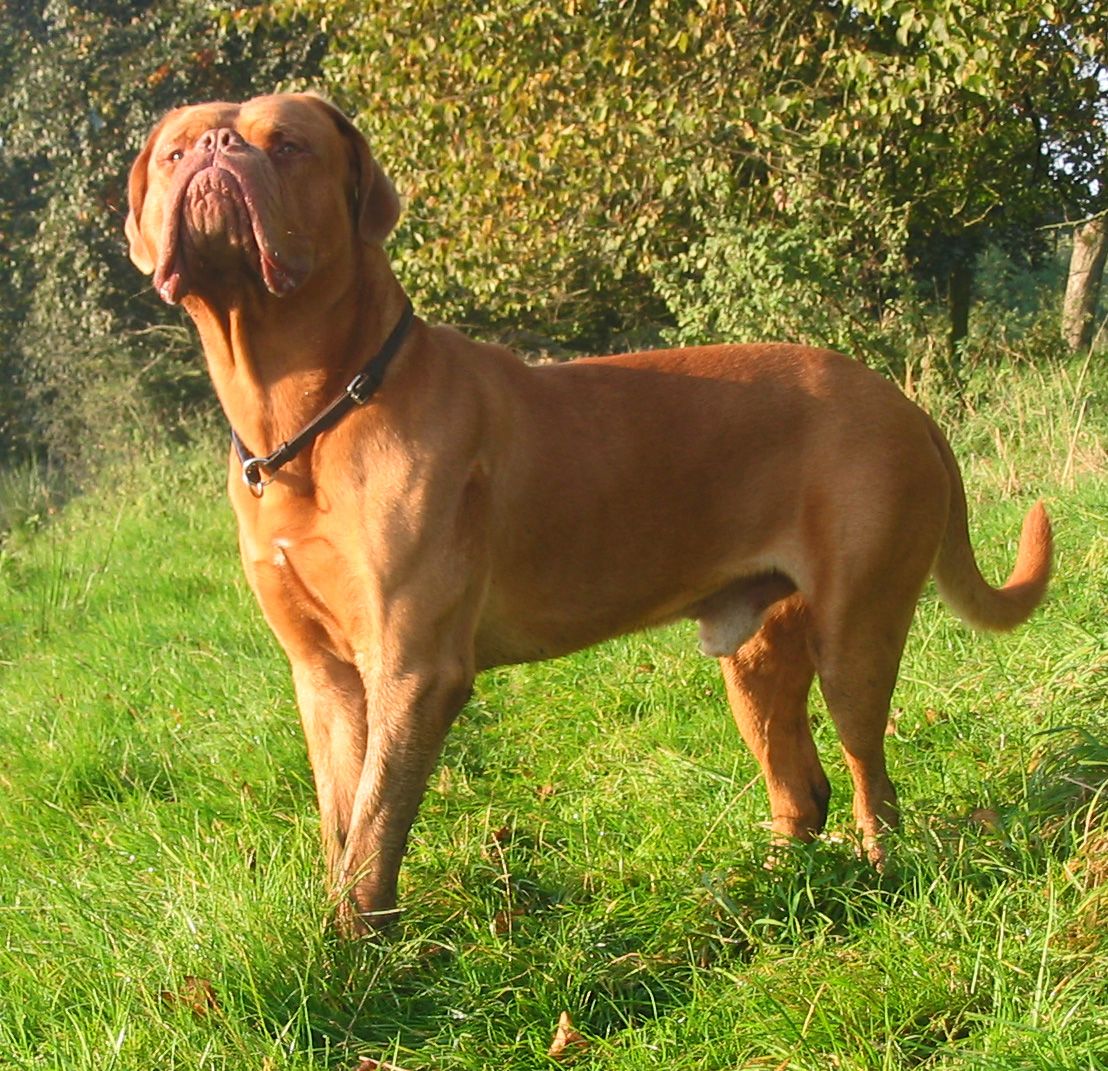
8. **Dogue De Bordeaux**The Dogue de Bordeaux, with its distinctive muscular build and captivating wrinkles, is a breed that exudes both strength and a surprising tranquility. These devoted family companions are celebrated for their loyalty, stemming from their historical role in France as hunting and guarding dogs. However, their powerful jaws, while characteristic, demand a mindful approach to ownership.
It’s crucial to understand that these magnificent dogs can be quite a handful if not properly guided from a young age, particularly concerning their chewing habits. Firm yet positive reinforcement is essential to curb any destructive tendencies, teaching them acceptable behaviors. Establishing bite inhibition early on is paramount to ensure a harmonious household where their natural instincts are channeled appropriately.
*Expert Tip*: Heavy-duty chew toys satisfy their instinct while preventing furniture damage. Providing such robust enrichment is key to keeping them happy and content while safeguarding your home.
Beyond their strong jaws, Dogues are cherished for their affectionate nature and inherent protective instincts towards their human families. Despite their imposing appearance, their hearts are genuinely gentle. Due to their significant size, proper training and early socialization are vital to preventing unwanted behaviors and ensuring they grow into well-adjusted adults, ready to be a cherished addition to any home. They truly thrive in environments where they receive consistent guidance and loving attention.
Read more about: Beyond the Bigness: A Good Housekeeping Guide to the World’s Largest Dog Breeds with Essential Expert Tips

9. **Saint Bernards**The iconic Saint Bernard, instantly recognizable by its fluffy, shaggy coat, projects an image of cuddly warmth. While their appearance is indeed endearing, this thick fur presents a significant challenge: Saint Bernards are particularly susceptible to overheating, especially during warmer months. Their dense double coat, designed for frigid Alpine conditions, efficiently traps warmth, making them uncomfortable even when they’re not actively engaged in strenuous activity.
Owners must be acutely aware of this predisposition to heat stress. Unlike breeds with thinner coats, Saint Bernards can quickly become distressed in warm environments, leading to serious health issues if not managed correctly. Providing a cool environment is not merely a comfort; it’s a vital part of their health management, ensuring their well-being throughout the year, especially in climates unsuited to their cold-weather heritage.
*Expert Tip*: Never shave their coat—it regulates temperature. Cooling vests or damp towels keep them comfortable on warm days.
These gentle giants hold a legendary place in history, renowned for their incredible strength and endurance during Alpine rescue missions. Their nurturing instincts and expressive faces make them beloved family members. They require ample space and consistent exercise to maintain their robust physique, reflecting their heritage of active service. Their loving and protective nature makes them ideal family pets, particularly thriving in colder climates where they can truly embrace their joy for frolicking in the snow.
Read more about: Does the Dog Die? 14 Heartwarming Films Where Our Furry Friends Live Happily Ever After

10. **Neapolitan Mastiffs**The Neapolitan Mastiff, a breed steeped in history with origins tracing back to ancient Roman times, is defined by its distinctive loose, wrinkled skin. While these deep wrinkles contribute immensely to their unique charm and imposing aesthetic, they also present a practical challenge for owners. These charming folds can inadvertently trap moisture and bacteria, creating an ideal breeding ground for skin issues.
One of the more common concerns stemming from these skin folds is lip-fold pyoderma, a bacterial infection that can cause significant discomfort, irritation, and even a noticeable odor if left unaddressed. Proactive and consistent regular maintenance and thorough wipe-downs are not just about aesthetics; they are crucial preventative measures that help keep these majestic dogs healthy and comfortable in their own skin.
*Expert Tip*: Wiping folds with a mild antiseptic daily reduces irritation and odor, keeping their skin healthy and comfortable.
Known for their unwavering loyalty and formidable protective nature, Neapolitan Mastiffs are deeply devoted to their families. Their impressive build and historical use as guardians and companions in ancient Roman times speak to their inherent protective instincts. They thrive under the guidance of a confident owner who can provide firm leadership and consistent training. Despite their imposing and somewhat intimidating look, these dogs possess incredibly affectionate and gentle hearts, forming strong bonds with their loved ones, making regular health check-ups vital due to their potential skin and structural considerations.
Read more about: Beyond the Bigness: A Good Housekeeping Guide to the World’s Largest Dog Breeds with Essential Expert Tips
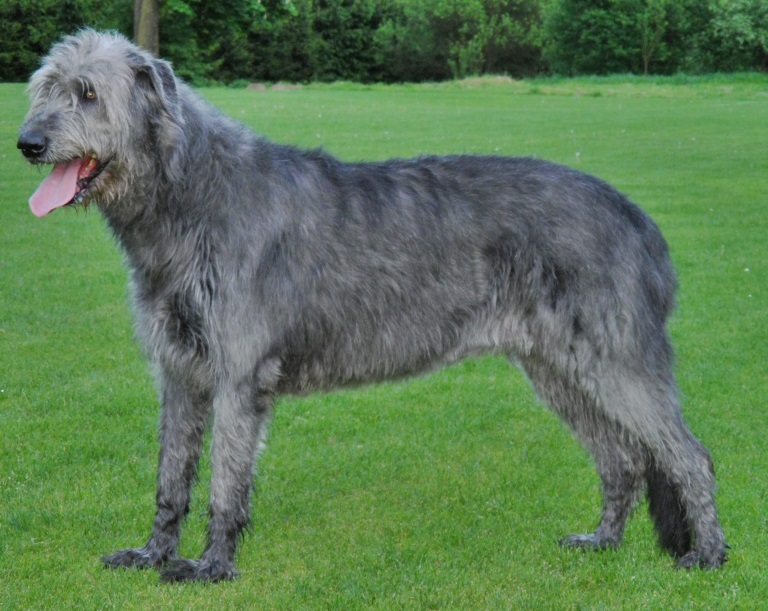
11. **Irish Wolfhounds**The Irish Wolfhound, a breed embodying both power and grace, boasts an ancient Celtic history as a noble hunter, once accompanying kings and warriors. Despite their naturally docile temperament, these magnificent sighthounds experience a rapid growth rate that demands careful management to ensure their developing strength aligns with their overall development. Their joints, in particular, take considerable time to fully mature, rendering them vulnerable to stress during their formative years.
Uncontrolled feeding practices can significantly exacerbate this vulnerability, placing excessive weight stress on their still-developing skeletal frame. This highlights the critical importance of intentional and meticulously planned nutrition for Irish Wolfhounds, where every meal contributes positively to their long-term health and structural integrity. A thoughtful dietary approach is not merely about providing sustenance but about actively supporting their unique growth trajectory.
*Expert Tip*: Keep meals spaced out throughout the day to help maintain a lean body shape.
Beyond their physical needs, Irish Wolfhounds are renowned for their gentle and calm demeanor, forming exceptionally deep bonds with their families and exhibiting remarkable patience with children. However, a piece of advice for prospective owners is to be aware of their regrettably shorter lifespan, typically ranging from 6-9 years, a common trait among very large breeds. Regular exercise in wide, open spaces is paramount to keeping them happy and fit, honoring their majestic heritage as noble sighthounds who thrive on purposeful movement.
Read more about: Beyond the Bigness: A Good Housekeeping Guide to the World’s Largest Dog Breeds with Essential Expert Tips
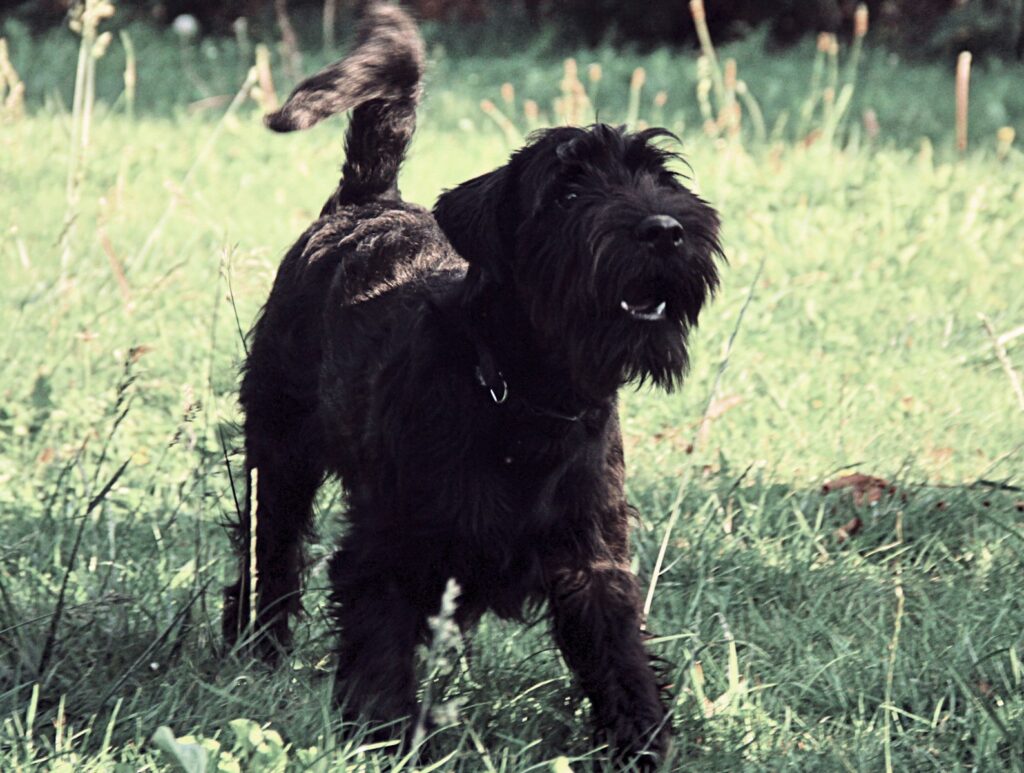
12. **Black Russian Terriers**The Black Russian Terrier, a formidable and intelligent breed, was originally developed for military work in Russia, embodying a powerful combination of robustness and elegance within its thick black coat. This breed possesses a sharp mind and a natural, inherent work ethic, making them highly trainable and eager to engage in mental and physical tasks. Their intelligence, while a significant asset, comes with a caveat: they thrive on structure and purpose.
Without adequately structured days and consistent engagement, a Black Russian Terrier is highly prone to developing boredom, which can quickly manifest into destructive behaviors. Keeping their intelligent minds actively engaged with a variety of physical and mental activities is not just a recommendation; it is an absolute key to preventing restlessness and ensuring they remain balanced, content, and well-behaved members of the family.
*Expert Tip*: Rotate between scent work, obedience drills, and puzzle toys to stimulate your dog’s intelligence and prevent restlessness.
Despite their serious and somewhat intimidating demeanor, Black Russian Terriers are known for their unwavering loyalty and forge incredibly deep bonds with their families. They absolutely require an experienced owner who can provide consistent training and confident leadership, channeling their strong will constructively. Early and thorough socialization from a young age is crucial to ensuring they develop a well-rounded temperament, enabling these intelligent and adaptable working dogs to truly thrive in environments where they are given a meaningful job to do.
13. **Tosa Inu Dogs**The Tosa Inu, a breed of noble and imposing presence originating from Japan, is celebrated for its calm and composed demeanor. Historically utilized in traditional Japanese dog fighting, these powerful canines have since evolved into cherished companions, valued for their immense loyalty and strength. Despite their robust, muscular build, Tosa Inus are surprisingly susceptible to the challenges of warm weather, a critical consideration for their care.
They are unfortunately prone to overheating, which can quickly lead to discomfort and stress if not actively managed by their owners. Ensuring their comfort and well-being requires a proactive approach to their environment and activity levels. It’s imperative to provide them with a consistently cool and shady environment, especially when temperatures rise, protecting them from the potential dangers of heatstroke and ensuring they remain relaxed.
*Expert Tip*: Exercise them during cooler hours and provide shaded rest areas with fresh water.
Today, Tosas are revered for their unwavering strength and profound loyalty, making them exceptional family guardians. They thrive under the guidance of an owner who can provide consistent training and thoughtful socialization from an early age, which is essential to nurturing a well-rounded and balanced temperament. Often affectionately referred to as the ‘Sumo wrestler of dogs’ due to their powerful physique, regular exercise and consistent mental stimulation are key to keeping them happy and healthy, honoring their rich heritage as both formidable competitors and devoted companions.
Read more about: A Force Unveiled: Decoding China’s New Military Arsenal from the Victory Day Parade and Its Global Implications

14. **Mastiffs**The English Mastiff, truly the ultimate gentle giant of the canine world, commands attention with its colossal size, yet it possesses a tender-hearted demeanor that makes it an incredibly affectionate family member. With ancient origins dating back to warfare, these loyal companions have gracefully transitioned from the battlefield to the comforting hearth. However, their impressive stature comes with specific health considerations, particularly regarding their weight.
Carrying extra weight is not merely an aesthetic concern for a Mastiff; it places a massive and detrimental strain on their joints, vital organs, and overall skeletal structure. Obesity in this breed significantly shortens their already limited lifespan, transforming diligent weight management and strict dietary restrictions into a top priority for responsible ownership. A proactive approach to their diet is fundamental to supporting their long-term health and mobility.
*Expert Tip*: Stick to portioned meals recommended for breed and weight, and prioritize low-impact activities like swimming to keep them in shape.
Often weighing over 200 pounds, early socialization and consistent training are absolutely crucial for English Mastiffs, ensuring they are well-adjusted to various environments and interactions. They thrive in spacious environments where they have ample room to stretch their impressive legs, though despite their size, they are surprisingly low-energy indoors, often content to be couch potatoes after a leisurely walk. Regular vet check-ups are also essential due to their predisposition to joint issues, highlighting their loving nature as cherished and formidable additions to any home.
Read more about: The Domesticated Dog: A Comprehensive Examination of Its Origins, Evolution, and Profound Influence on Human Society
The journey through the world of these magnificent large dog breeds reveals a tapestry woven with threads of immense strength, unwavering loyalty, and profound companionship. While their imposing size undeniably brings unique responsibilities, the rewards of sharing your life with a gentle giant are truly immeasurable. With dedication to understanding and meeting their specific needs—be it tailored nutrition, consistent, positive training, or attentive, proactive health care—you unlock a bond unlike any other. These majestic creatures don’t just fill your home; they expand your heart, offering unwavering love and an unforgettable presence that genuinely enriches every single moment. Embrace the adventure, and you will find a loyal friend whose spirit is as grand and boundless as its impressive stature.



